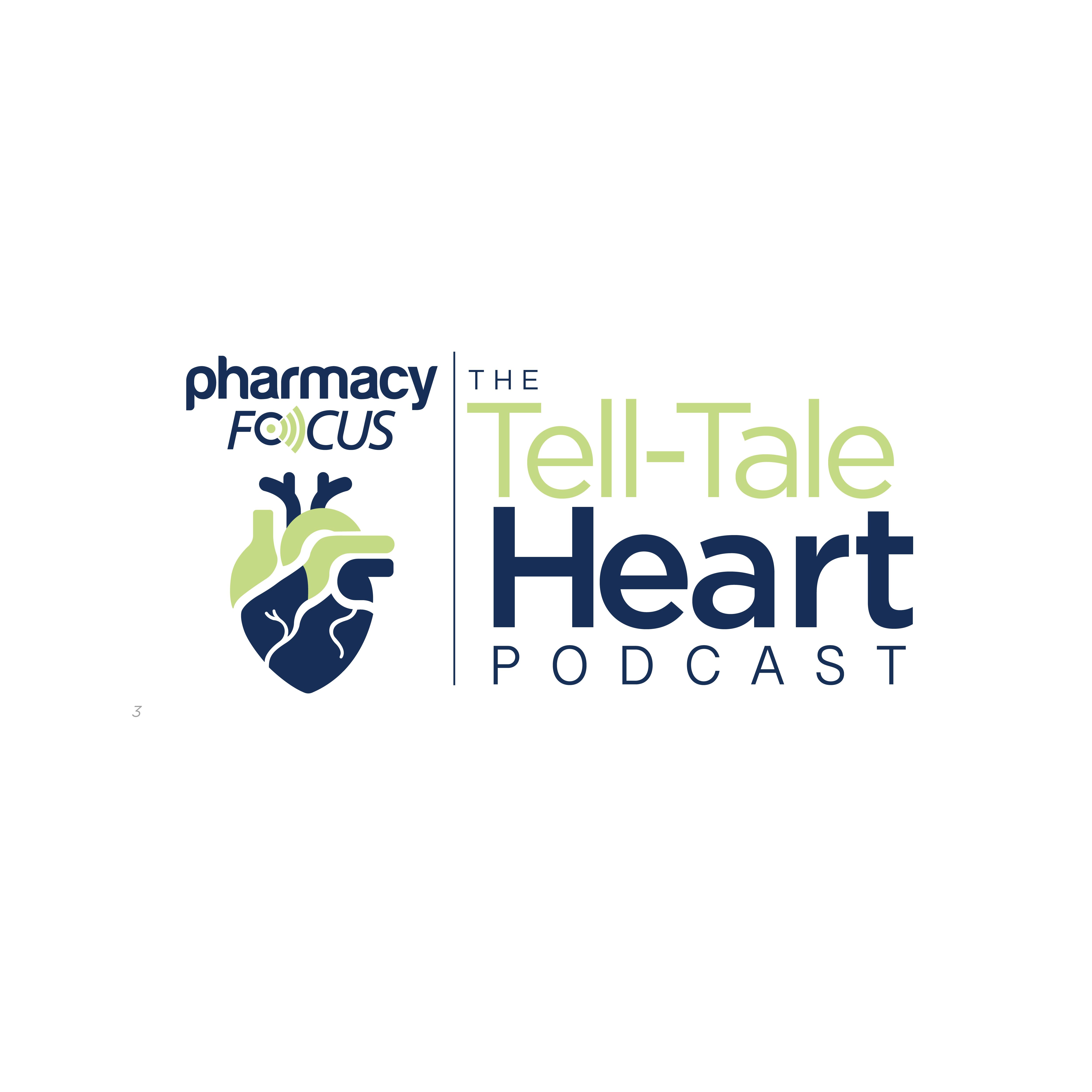News
Article
Pharmacist's Role in Duloxetine Therapy: Improving Medication Adherence in Older Adults With Depression, Pain
Author(s):
Key Takeaways
- Duloxetine's sprinkle formulation aids older adults with swallowing difficulties, addressing depression, anxiety, and pain disorders.
- A study showed 46.7% depression remission and 93.3% significant pain response in older adults using duloxetine.
Duloxetine offers treatment for various neuro-psychiatric and pain disorders in patients who have difficulty swallowing.
Depression is a prevalent and treatable condition that significantly impacts the quality of life among the aging US population, yet it often goes unrecognized. Selective serotonin reuptake inhibitors (SSRIs) are a class of medications that are commonly used to treat depression; however, serotonin and norepinephrine reuptake inhibitors (SNRIs) can provide further treatment options for older adults by increasing the activity of serotonin and norepinephrine in the brain.1,2
Image credit: Nuttapong punna | stock.adobe.com

Duloxetine (Drizalma Sprinkle; Sun Pharma) delayed-release capsules is an SNRI that received FDA approval in 2019 as the first and only approved sprinkle formulation of duloxetine. The capsules are intended to be opened, and contents can be sprinkled over applesauce, administered through a nasogastric tube, or swallowed whole.3,4
The drug was designed for oral use to treat various neuropsychiatric and pain disorders in patients who have difficulty swallowing—a complication that can increase in prevalence with age and exposure to age-related diseases and conditions, including depression and anxiety.3
Duloxetine is indicated for the treatment of major depressive disorder (MDD) in adults; diabetic peripheral neuropathic pain (DPNP) in adults; chronic musculoskeletal pain in adults; and generalized anxiety disorder (GAD) in adults and pediatric patients aged 7 to 17 years old. The capsules are available in 20 mg, 30 mg, 40 mg, and 60 mg.3
Nearly 30% to 35% of long-term care individuals have difficulty swallowing, which often leads to medication errors and challenges with medication administration.3 Similarly, up to 35% of long-term care residents experience major depression or clinically significant depressive symptoms, emphasizing duloxetine’s essential role in treating this patient population.1
In a 12-week open-label study, researchers evaluated the use of duloxetine and Depression and Pain Care Management (DPCM) among older adults with MDD and chronic back pain (CLBP). Prior to completing the study, the researchers predicted that duloxetine with DPCM would significantly improve health-related quality of life, anxiety, disability, self-efficacy, and sleep quality.5
The study included 28 community-dwelling individuals that were aged 60 years and older. The Montgomery Asberg Depression Rating Scale (MADRS) and McGill Pain Questionnaire-Short Form (MPQ-SF) were used to measure the severity of depression and pain intensity. At baseline, the median MADRS score was 22.0, and the median MPQ-SF score was 13.0.5
Remission from depression was defined as 2 consecutive MADRS scores below 9, indicating a stable response. Participants who did not achieve remission by week 6 had their duloxetine dose increased to 90 mg a day and further increased to 120 mg a day at week 8 if scores remained above 9. Additionally, CLBP response was defined as a 30% or greater improvement from baseline in the MPQ-SF score, with a secondary measure of 50%. However, for participants who initially achieved remission but later relapsed, the duloxetine dose was increased to 90 mg a day and subsequently to 120 mg a day if needed. Study visits occurred weekly for the first 6 weeks and continued biweekly until week 12, according to the study authors.5
The results demonstrated that 46.7% of participants achieved remission from depression and showed a positive response in their low back pain. Similarly, 93.3% had significant pain response, and 50% of individuals who responded to pain treatment also achieved remission from their depression. Depression remission took, on average, 7.6 weeks, while pain improvement occurred more quickly, averaging 2.8 weeks.5
The study authors noted that the treatment led to significant improvements in mental health-related quality of life, anxiety, sleep quality, somatic complaints, and self-efficacy for both pain management and symptom coping. However, it did not significantly improve physical health-related quality of life, back pain-related disability, or self-efficacy for physical functioning.5
The findings emphasize the pharmacist’s essential role in neuropsychiatric disorder management, recommending treatment options that can benefit older adults, such as duloxetine. Pharmacists have the ability to work closely with medical and nursing staff in long-term care facilities to improve recognition and management of depression and pain, providing counseling and medication adherence to a population that is often overlooked.1






